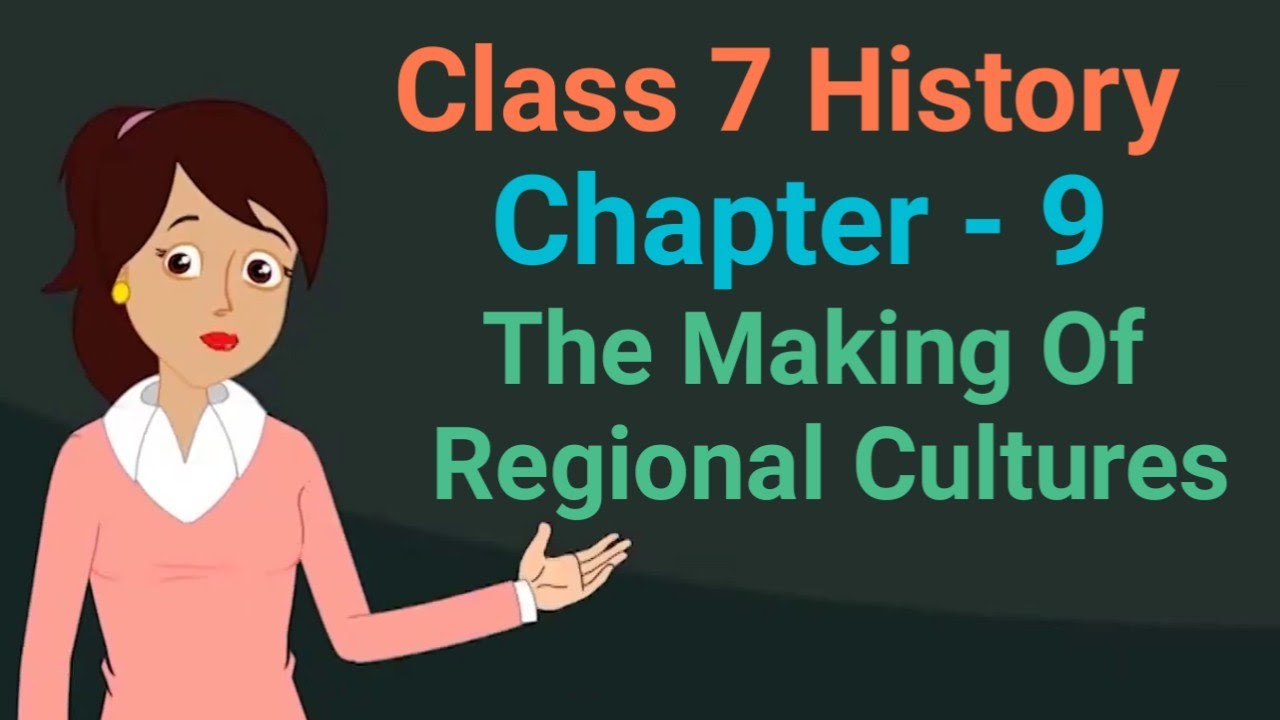
About Lesson
-
The Cheras and the Development of Malayalam:
- The Chera kingdom of Mahodayapuram was established in the ninth century in the south-western part of the peninsula, part of present-day Kerala.
- It is likely that Malayalam was spoken in this area, and the rulers introduced the Malayalam language and script in their inscriptions.
- The temple theatre of Kerala, which is traced to this period, borrowed stories from Sanskrit traditions.
-
Rulers and Religious Traditions: The Jagannatha Cult:
- The cult of Jagannatha (lord of the world, a name for Vishnu) at Puri, Orissa, grew around religious traditions.
- In the twelfth century, Anantavarman, an important ruler of the Ganga dynasty, decided to erect a temple for Purushottama Jagannatha at Puri.
- Subsequently, in 1230, king Anangabhima III dedicated his kingdom to the deity and proclaimed himself as the “deputy” of the god.
- The temple’s authority in social and political matters increased, and various conquerors attempted to gain control over it.
-
The Rajputs and Traditions of Heroism:
- In the nineteenth century, the region that constitutes most of present-day Rajasthan was called Rajputana by the British.
- The Rajputs cherished the ideal of the hero who fought valiantly rather than face defeat.
- Stories about Rajput heroes were recorded in poems and songs, which were recited by specially trained minstrels, preserving the memories of heroes.
-
Beyond Regional Frontiers: The Story of Kathak:
- Kathak, a dance form now associated with several parts of North India, evolved from the Sanskrit word “Katha,” meaning story.
- Originally, Kathak was performed by temple story-tellers in North India, who embellished their performances with gestures and songs.
- Under the Mughal emperors and their nobles, Kathak was performed in the court, where it acquired its present features and developed into a form of dance with a distinctive style.
-
Painting for Patrons: The Tradition of Miniatures:
- Miniature painting developed in various ways, influenced by different regions.
- The Mughal emperors Akbar, Jahangir, and Shah Jahan patronized highly skilled painters who primarily illustrated manuscripts containing historical accounts and poetry.
- With the decline of the Mughal Empire, many painters moved to the courts of emerging regional states, where Mughal artistic tastes influenced the regional courts, but with retained and developed distinctive characteristics.
-
A Closer Look: Bengal:
- Bengal, now recognized as a region, saw the growth of a regional language derived from Sanskrit.
- From the fourth-third centuries BCE, commercial ties developed between Bengal and Magadha, and the Gupta rulers established political control over north Bengal, leading to the emergence of Bengali as a regional language.
- Early Bengali literature may be divided into two categories – one indebted to Sanskrit and the other comprising Nath literature and folk tales.
-
Pirs and Temples:
- From the sixteenth century, large-scale migration occurred from the less fertile western Bengal to the forested and marshy areas of south-eastern Bengal.
- As they moved eastwards, local communities merged with new communities of peasants, and community leaders known as “Pirs” provided order and assurance in the new settlements.
- Bengal witnessed a temple-building spree, with many temples being built by individuals or groups to demonstrate their power and piety, often with support from various social groups.
- The Bengal Brahmanas were allowed to eat non-Brahmanical food, reflecting the incorporation of non-Brahmanical elements into the local diet.
Each of these subtopics represents a different aspect of regional cultures, showcasing how regions evolved and were shaped by historical, religious, artistic, and social factors
Join the conversation
